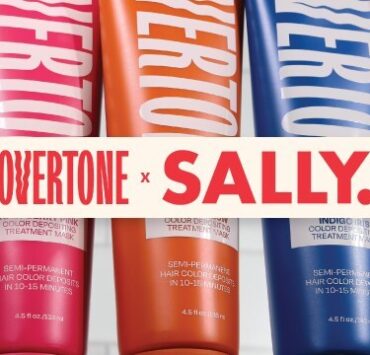Fast Fashion Boom to Reach $79.2 Billion by 2029
The fast-fashion sector is poised for significant expansion as the fashion industry continues to evolve, driven by technological advancements and shifting consumer preferences.

Jeanel Alvarado is a marketer and retail strategist, leveraging 15+…
The fast-fashion sector is poised for significant expansion as the fashion industry continues to evolve, driven by technological advancements and shifting consumer preferences. According to a Technavio report, the global fast-fashion market is projected to grow by $79.2 billion from 2025 to 2029, accelerating at an 11% compound annual growth rate (CAGR). This surge reflects the burgeoning youth population’s appetite for affordable, trend-driven clothing and the transformative role of social media and AI in reshaping retail experiences.
Market Drivers: Youth Demographics and Social Media Influence
The fast fashion industry’s growth hinges on Gen Z and millennials, who prioritize affordability and rapid trend turnover. The global youth population is expected to grow by 7.9% to 1.3 billion by 2030, with this demographic accounting for over 60% of fast fashion sales. Social media platforms like Instagram, which boasts 2 billion monthly active users, amplify trends through influencer partnerships and real-time engagement. Brands leverage these platforms to showcase collections, driving instant purchases—30% of internet users engage with fashion content weekly.
Technological Innovations Reshaping the Industry
AI and immersive technologies are revolutionizing design and retail:
- AI-Powered Design: Algorithms analyze social media trends to predict and produce styles within weeks, reducing traditional design cycles by 70%.
- Virtual Try-Ons: Augmented reality (AR) tools, like those used by ASOS and H&M, allow customers to visualize outfits via smartphone apps, boosting online conversion rates by 25%.
- Blockchain for Transparency: Brands like H&M and Zara deploy blockchain to combat counterfeit products (a $30 billion annual challenge) and ensure ethical sourcing (Earth.org).
Market Expansion and Regional Dominance
The market, valued at $141.23 billion in 2024, is expected to reach $214.24 billion by 2029. Key regional insights:
- North America: Leads with 53% market share, driven by high disposable incomes and digital adoption (Technavio).
- Asia-Pacific: Fastest-growing region, fueled by urbanization and a 500 million-strong youth population in India and China (Research and Markets).
Challenges and Competitive Landscape
Despite growth, the industry faces headwinds:
- Sustainability Pressures: Fast fashion contributes to 10% of global carbon emissions, prompting brands like Zara to launch recycled clothing lines.
- Counterfeit Products: Fake goods account for 3.3% of global trade, pushing companies to adopt AI-driven authentication systems.
Major players like H&M, Forever 21, and Shein dominate through agile supply chains and hyper-localized marketing. Emerging markets see traction with low-cost producers like Reliance Industries (India) and Pinduoduo (China).
Future Outlook: AI and Personalization
Technavio highlights AI-driven personalization as a key growth lever, with tools like dynamic pricing and chatbots enhancing customer retention by 40%. Meanwhile, VR/AR integration in physical stores is projected to increase foot traffic by 15% by 2027.
As CEO of H&M, Helena Helmersson, notes: “The fusion of tech and fast fashion isn’t optional—it’s essential to staying relevant to tomorrow’s consumers.”
Jeanel Alvarado is a marketer and retail strategist, leveraging 15+ years of cross-disciplinary expertise in retail, e-commerce, technology, consumer and shopping trends. She is the former Senior Managing Director of the School of Retailing at the University of Alberta. Jeanel’s insights appear in Nasdaq, Entrepreneur, Fortune, TIME, and the US Chamber of Commerce, among others, with recurring commentary on top retailers and brands for financial markets, consumer insights, shopping trends, tech Innovation, and the luxury sector.





